A Triumphant Return to the Field
Sheldon Harmacy, 2024 Strange/Midkiff Families Fieldwork Scholarship
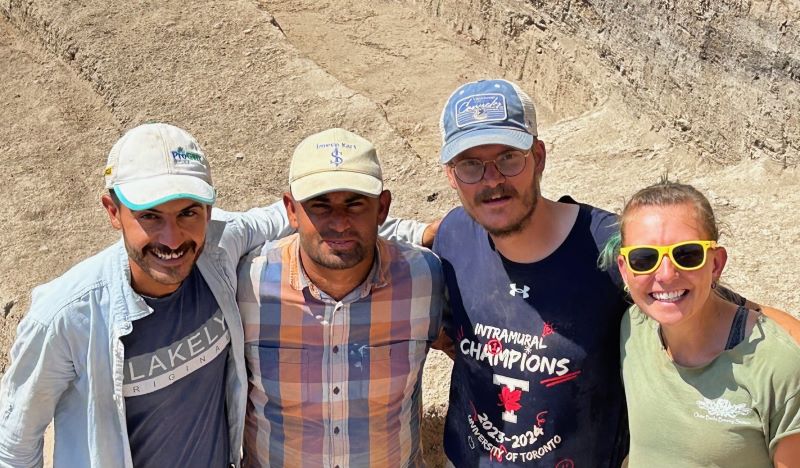
This summer I excitedly returned to fieldwork as part of the University of Toronto’s team working with the Tayinat Archaeological Project (TAP). The site is integral to my proposed thesis research which aims to explore the role and place of chipped stone technologies following the proliferation of metal technologies in the region. I previously participated in the excavations of Tell Tayinat during the 2022 season, following the completion of my master’s degree. Unfortunately, due to the devastating earthquake that occurred in the region during the spring of 2023, I did not return to the site for the 2023 season. Coming back for this season, I came prepared to both continue to grow and learn as a scholar but also deal with new challenges and resets afforded to the project via the events of 2023. I am incredibly thankful to ASOR and the Strange/Midkiff Families Fellowship for their financial support which allowed me to participate in this season’s investigations.
The damage from 2023 affected much of the region including the major city of Antakya which included the dig house and depot for the TAP project. As such, this year they had to reset and start again from the ground up. Ahead of the field season, the TAP Senior Staff worked feverishly to acquire land and construct a new home for the project as well as set up the various administrative and laboratory spaces and paperwork needed to run the field season. As we were the first to experience this new set up, it was not without its bumps and bruises, but many of us came in ready for the challenge, banding together as a team to work hard and turn our new space into the project’s home.
The site of Tell Tayinat itself, is a large archaeological mound located within the Amuq Valley of Southern Türkiye. The site has a long history of archaeological investigations, beginning with the Braidwood Survey in the 1930s and more recently with the Amuq Valley Regional Project and associated excavations headed by Dr. Timothy Harrison and the University of Toronto in the late 1990s and early 2000s. The archaeological explorations of the mound itself have focused on the upper mound and identified two major occupational layers, one dated to the Iron Age, and another dated to the Early Bronze Age.
My role in the investigations of the site were as a Square Supervisor within the Early Bronze Area of the site (Field 1). I oversaw both the day-to-day excavation of a specific square but also the various forms of paperwork and digital recording as well as a detailed season report related to the square itself. This was all performed in dialogue with an Area Supervisor, who in my case was Dr. Lynn Welton, a Tayinat veteran and one of the senior staff. Working and learning from Dr. Welton, I continued to hone my skills and approach to the archaeological methods used in the region, in particular dealing with mudbrick, as well as utilizing the OCHRE program for digital recording.
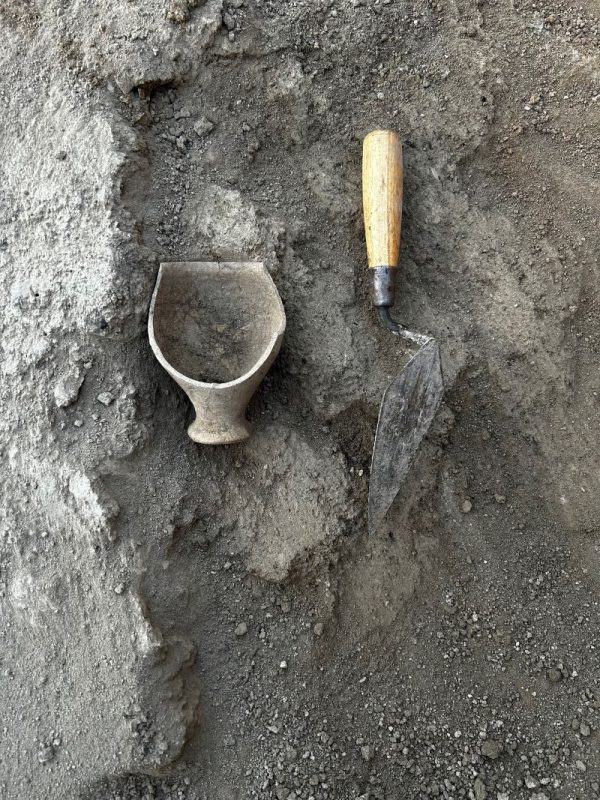
My particular square for this season was the same square that I had worked in during the 2022 season. In 2022, we identified a primary phase of architecture for the square and a later ephemeral occupation which was composed of a series of cooking installations cut into the architecture of the primary phase. Our goals for this season were to completely expose and delineate the architecture of the primary phase and attempt to ascertain the function of the various rooms therein. Across the various weeks of excavation, we were ultimately successful in this goal. We were able to delineate the southwestern boundaries of a large building within which were seven relatively small rooms. Curiously similar to the later phase consisting of ephemeral cooking installations, the major elements found within the main phase in the square also pertained to cooking. This included large volumes of coarse ware pottery and a series of ovens, some of which were quite large and possessed associated storage bins.
Returning to the field as part of the TAP project this summer allotted me an exciting field season that provided me with many challenges and opportunities to continue to grow as a field archaeologist and scholar. I look forward to participating in the project in the future—indeed towards the end of the season we uncovered a lower phase of architecture beneath this season’s, which will be an exciting facet of exploration for next season!
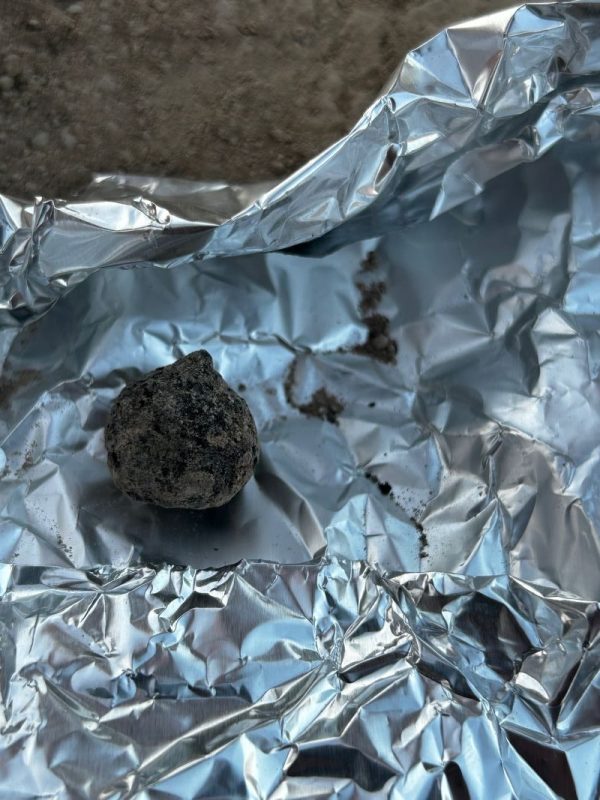
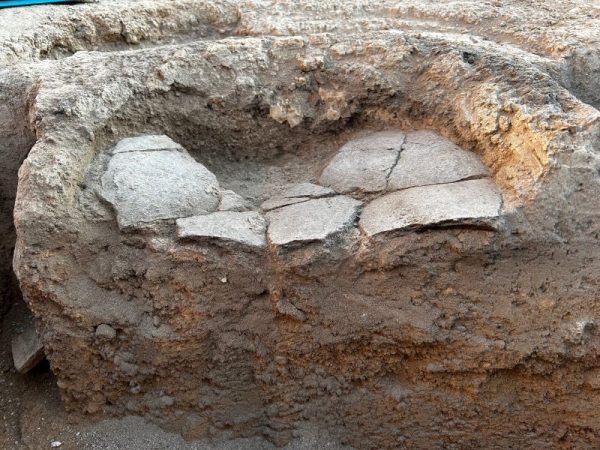
Sheldon Harmacy is a PhD student at the University of Toronto where he explores the relationship between changing materiality and technological progress in the context of the Early Brone Age of the Ancient Near East. He is a proud alumni of both the University of Lethbridge and University of Toronto receiving both a BA in Archaeology and Geography (2019) and an MA in Near and Middle Eastern Civilizations (2022). He has participated in the last two field seasons at Tell Tayinat and aims to utilize the lithic (chipped stone) assemblage from the site for his thesis research.
Tayinat Archaeological Project Website: https://tayinat.artsci.utoronto.ca/
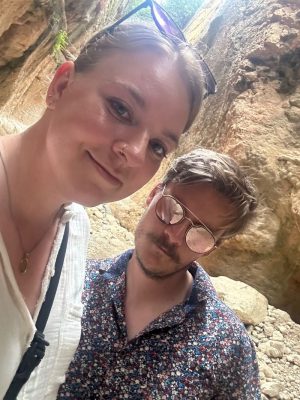
American Society of Overseas Research
The James F. Strange Center
209 Commerce Street
Alexandria, VA 22314
E-mail: info@asor.org
© 2025 ASOR
All rights reserved.
Images licensed under a Creative Commons Attribution-NonCommercial-ShareAlike 4.0 International License

